Introduction
World Malaria Day, observed on April 25th every year, serves as a reminder of the ongoing battle against one of the oldest and deadliest diseases known to humanity. This day provides an opportunity to raise awareness, showcase progress, and rally support to eliminate malaria worldwide. With millions of lives at stake, it is crucial to understand the gravity of the global malaria situation, the challenges faced, and the progress made in combating this debilitating disease.
Global Malaria Situation
Malaria continues to pose a significant public health burden across the world. According to the World Health Organization (WHO), there were an estimated 229 million cases of malaria in 2019, resulting in about 409,000 deaths. Sub-Saharan Africa remains the most affected region, accounting for around 94% of all malaria cases and deaths. Children under the age of 5 and pregnant women are particularly vulnerable to the disease, making the fight against malaria a critical priority.
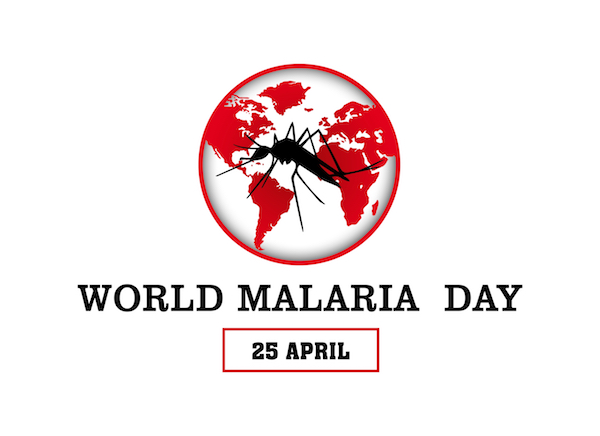
Understanding Malaria
Malaria is caused by the Plasmodium parasite, transmitted through the bites of infected female Anopheles mosquitoes. Once inside the human body, the parasites multiply in the liver and then infect red blood cells, leading to fevers, anemia, organ failure, and in severe cases, death. Early symptoms of malaria include fever, headache, chills, and flu-like symptoms. Diagnosis is typically done through microscopic examination of blood samples.
The Impact of Malaria
Malaria has far-reaching consequences beyond the individual. It hampers economic growth, affects school attendance, and increases healthcare costs, perpetuating a vicious cycle of poverty. Communities living in malaria-endemic regions bear the brunt of the disease, with limited access to preventive measures, diagnostics, and treatment. The burden weighs heavily on healthcare systems, limiting their capacity to address other pressing health issues.
You can read our another post on International Nurses Day
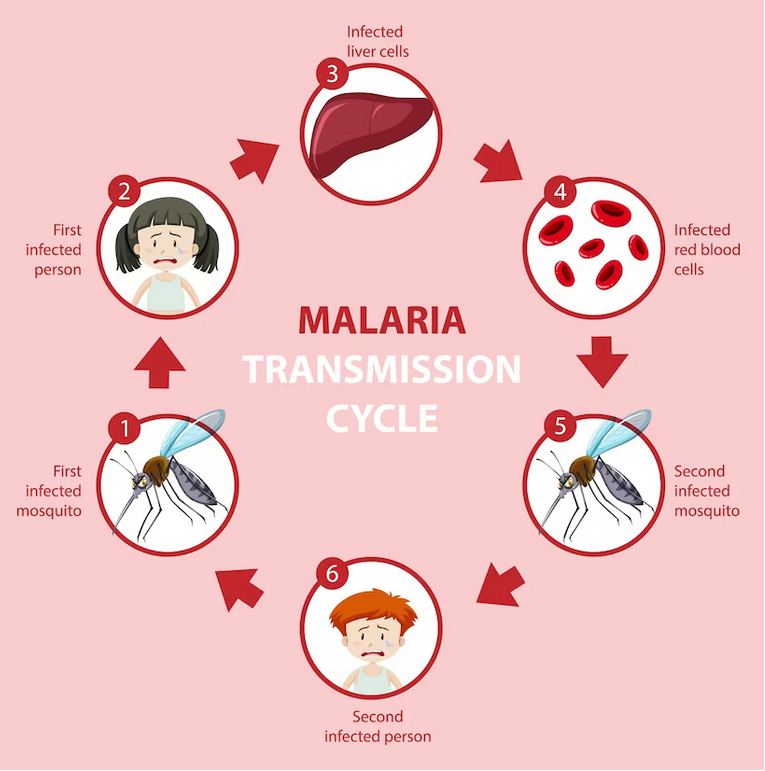
Prevention and Control Measures
Prevention is crucial in reducing malaria cases and deaths. Effective methods include the distribution of insecticide-treated bed nets, indoor residual spraying to kill mosquitoes, and the use of larval control measures. Community education and involvement play a vital role in implementing these preventive measures. Additionally, access to accurate diagnostics and prompt treatment is essential for early intervention and effective management of the disease.
Progress and Challenges in Fighting Malaria
Significant progress has been made in the fight against malaria. The global malaria incidence rate has decreased by 29% since 2010, and malaria mortality rates have declined by 60% globally in the same period. This success can be credited to initiatives like the Global Fund to Fight AIDS, Tuberculosis, and Malaria, increased political commitment, and improved access to prevention and treatment interventions.
However, challenges persist. The emergence of drug-resistant malaria strains threatens the efficacy of existing treatments. Limited funding and access to resources hinder control efforts, particularly in low-income countries. Furthermore, the COVID-19 pandemic has strained healthcare systems and disrupted malaria prevention and control programs, further exacerbating the problem.
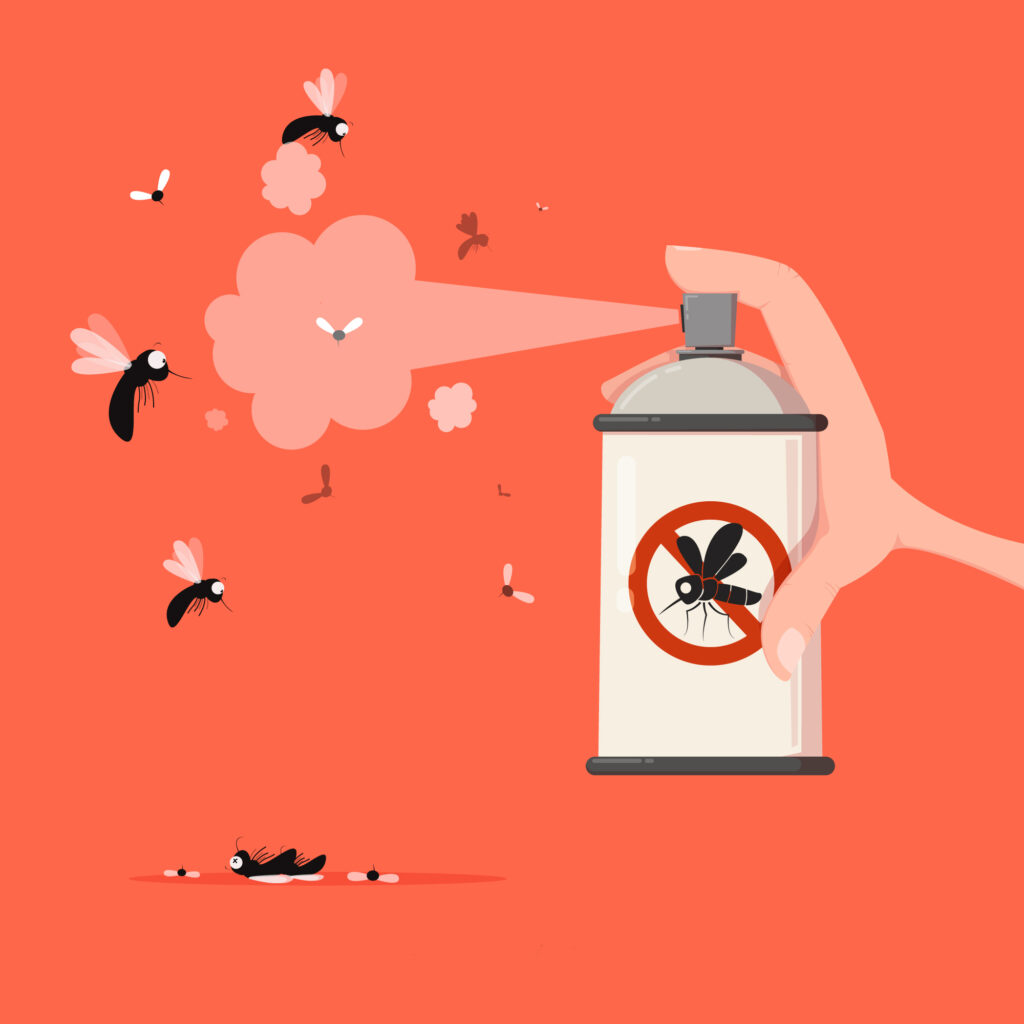
World Malaria Day Campaigns and Activities
World Malaria Day serves as a platform for various organizations, governments, and communities to unite against malaria. On this day, key campaigns and events are organized across the globe to raise awareness, promote preventive measures, and mobilize resources. The RBM Partnership to End Malaria, WHO, and other organizations play an active role in coordinating these efforts. Corporate partnerships, educational campaigns, and research initiatives also help in the fight against malaria.
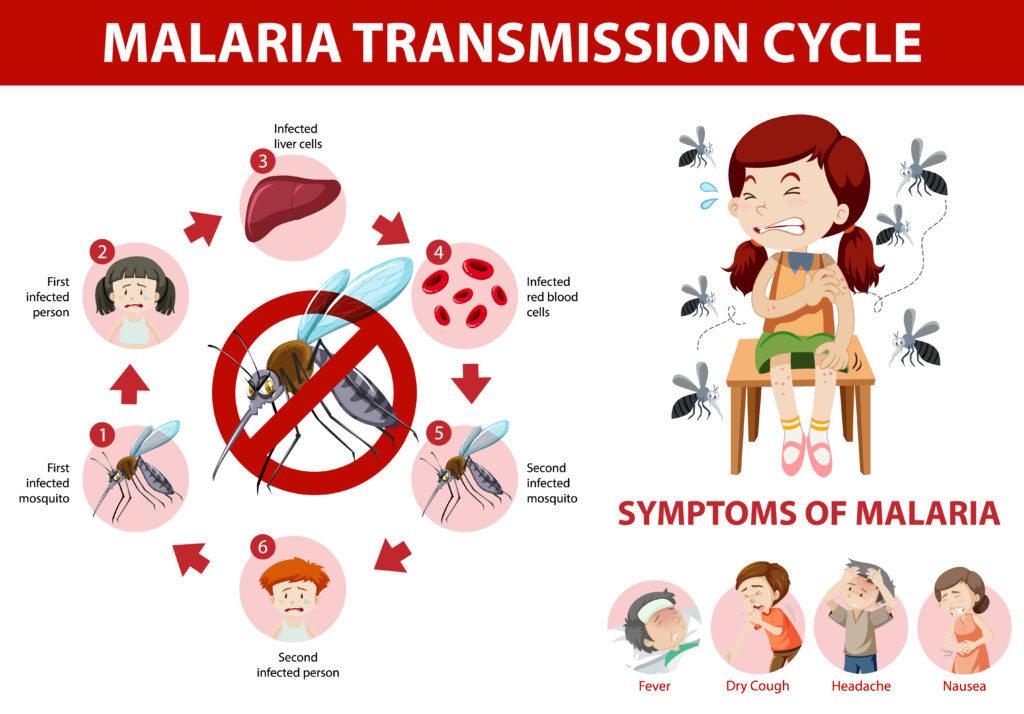
Stories and Experiences
Personal stories shed light on the impact of malaria on individuals and communities. Survivors share their journeys, highlighting the challenges faced, the resilience shown, and the importance of early diagnosis and treatment. Healthcare professionals working in malaria-endemic areas share their experiences, emphasizing the urgency of continued research, strengthening healthcare systems, and prioritizing preventive measures.
How You Can Get Involved
Readers can play a significant role in the fight against malaria. They can support organizations working to combat malaria through donations, volunteering, and spreading awareness. Collaborating with local communities, advocating for government action, and supporting research for new interventions all contribute to the larger global effort.
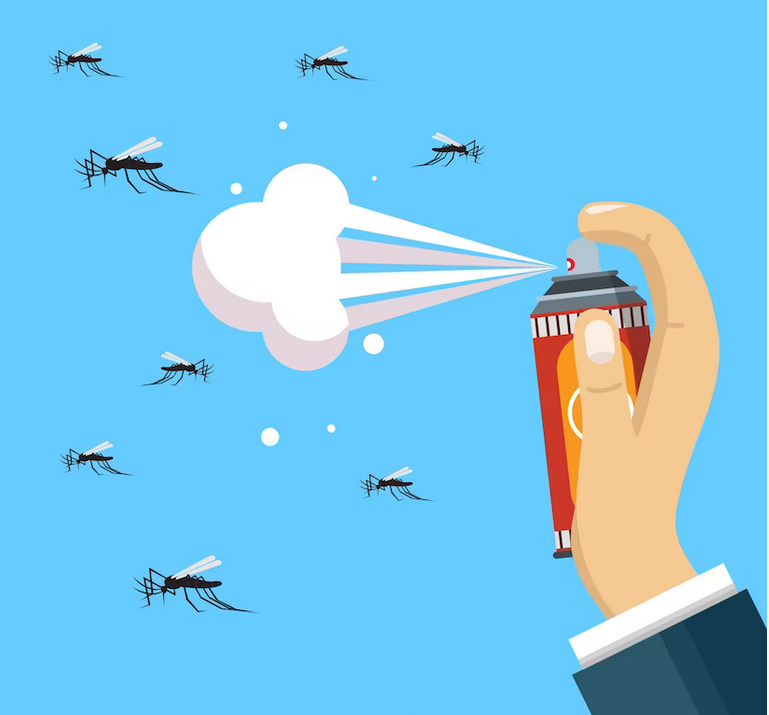
Write A FAQ For World Malaria Day
What is World Malaria Day?
World Malaria Day is an annual global event observed on April 25th to raise awareness about malaria and accelerate efforts to control and eliminate the disease worldwide.
When was World Malaria Day first observed?
World Malaria Day was first observed on April 25th, 2008, as a result of the World Health Organization’s mandate to mark an official day for malaria awareness.
Why is World Malaria Day important?
World Malaria Day is important because malaria continues to pose a significant public health threat in many parts of the world. By raising awareness and promoting action, this day plays a crucial role in reducing the impact of malaria on vulnerable populations.
What is the theme of World Malaria Day 2021?
The theme for World Malaria Day 2021 is “Reaching the zero malaria target”. This theme aims to highlight the global malaria community’s commitment to achieving a world free from malaria.
How can individuals get involved in World Malaria Day?
Individuals can get involved in World Malaria Day by organizing or participating in local events, spreading awareness through social media, supporting fundraising campaigns, or engaging in advocacy efforts to ensure that malaria remains a priority on the global health agenda.
Is malaria still a significant global health issue?
Yes, malaria remains a significant global health issue, particularly in sub-Saharan Africa. According to the World Health Organization, there were an estimated 229 million malaria cases and 409,000 malaria-related deaths in 2019.
What are the common symptoms of malaria?
Common symptoms of malaria include high fever, headache, chills, muscle aches, and fatigue. Other symptoms may include nausea, vomiting, and diarrhea. It is important to seek medical attention if experiencing these symptoms, especially if living in or traveling to a malaria-endemic area.
How is malaria transmitted?
Malaria is primarily transmitted through the bites of infected female Anopheles mosquitoes. These mosquitoes carry the malaria parasite and can transmit it to humans when they feed on their blood.
Can malaria be prevented?
Yes, malaria can be prevented by using insecticide-treated bed nets, indoor residual spraying of insecticides, wearing long-sleeved clothes, applying mosquito repellents, and taking prophylactic medication when traveling to malaria-endemic areas.
Is there a cure for malaria?
Yes, malaria is curable, especially when diagnosed and treated promptly. The most common antimalarial drugs include artemisinin-based combination therapies (ACTs). An accurate diagnosis and appropriate treatment are essential for ensuring a positive outcome for individuals with malaria.
Conclusion
World Malaria Day emphasizes the urgent need to eliminate malaria and ensure a healthier future for all. The global fight against malaria has seen remarkable progress, but challenges persist. Continued investment, political commitment, and community involvement are vital in achieving malaria eradication. Let us unite on this World Malaria Day and make a difference in the lives of millions affected by this preventable disease. Together, we can conquer malaria and secure a healthier, malaria-free world for generations to come.
